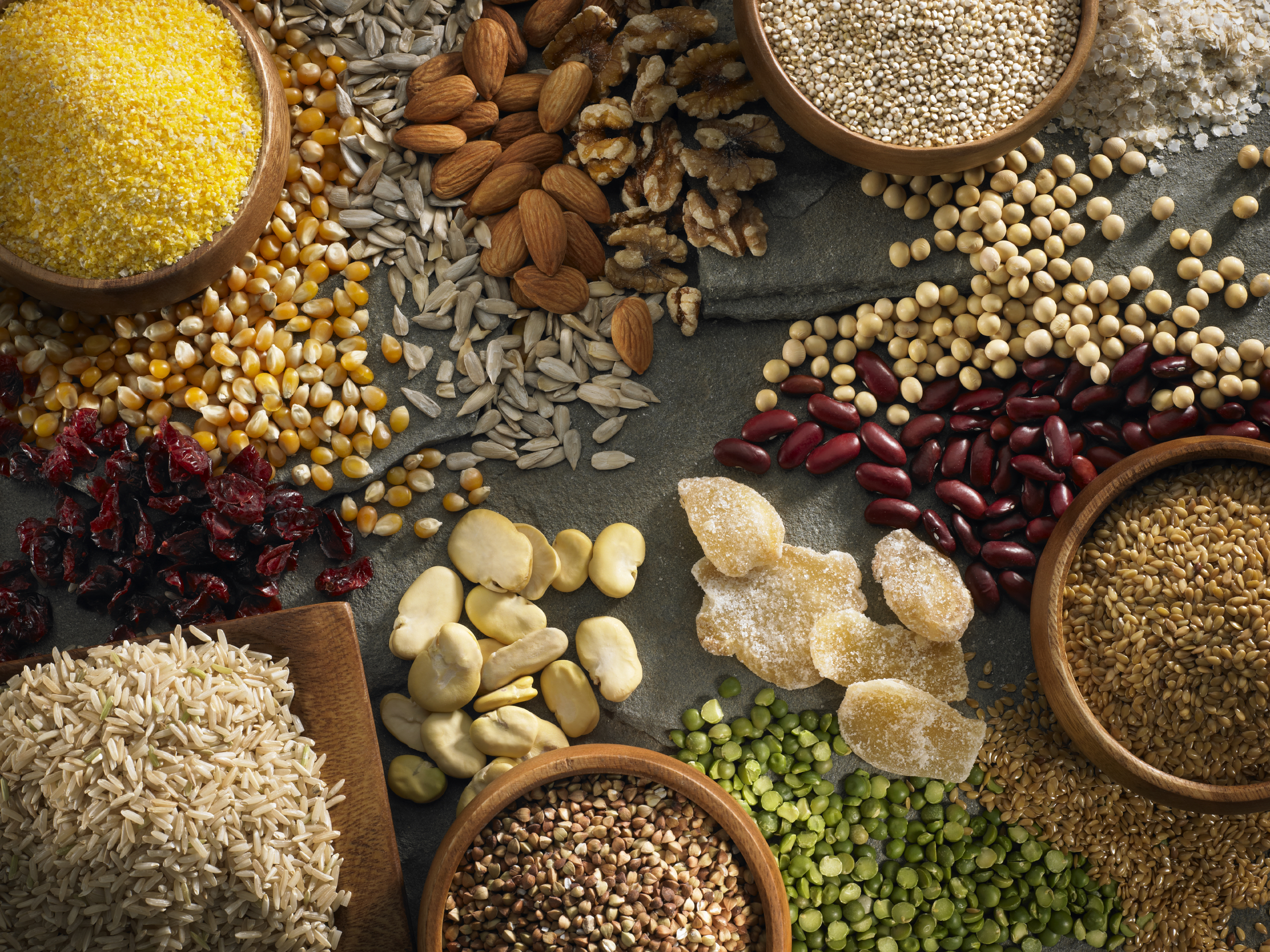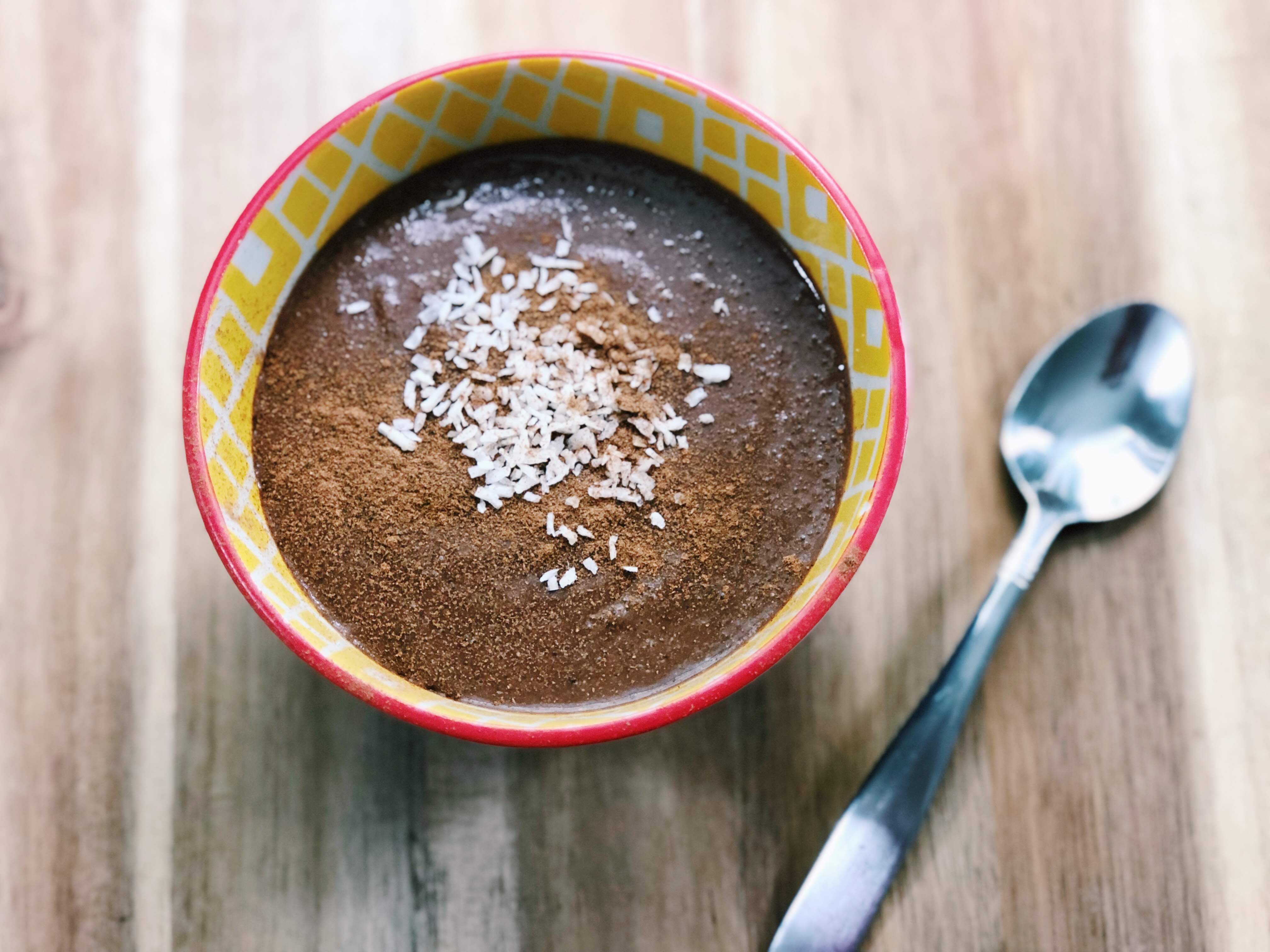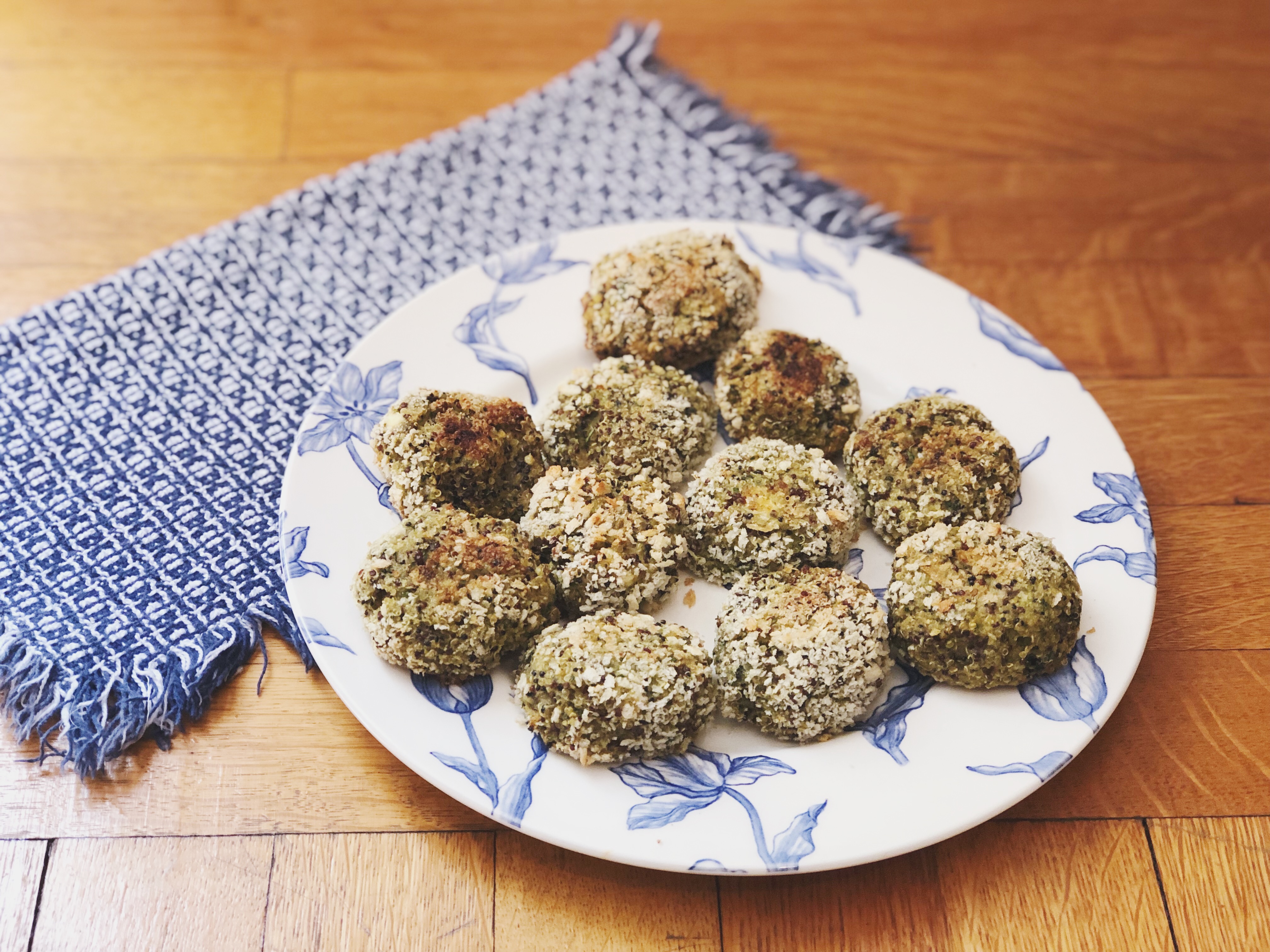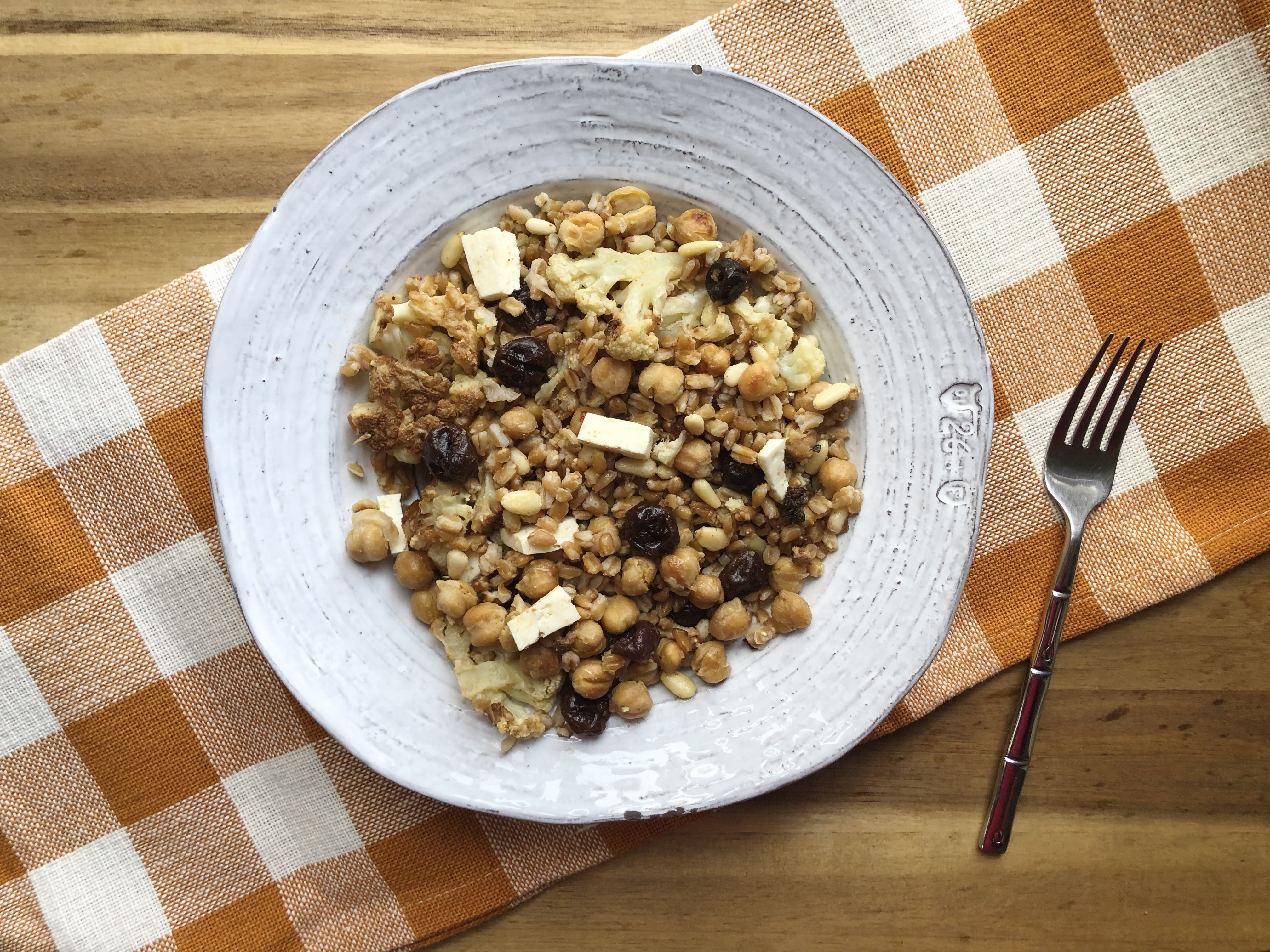Share This
In the past decade there has been increased awareness of human’s impact on the environment resulting in subsequent changes in behavior — from our modes of transportation and businesses we support to the food that we eat. In turn, plant based diets — whether flexitarian, vegan or vegetarian — have grown in popularity. Moving towards a more plant based diet means a partial or full departure from animal products which are a main source of protein for many. Never fear! By making the switch to whole grains, you can get a protein boost at each and every meal of the day. In fact, a serving of whole grains can have as much protein as a hard-boiled egg. We’ve put together a quick cheat sheet to protein, the whole grains that contribute to protein intake along with some of our favorite recipes!
What is a protein?
Proteins are essential for the regulation and functioning of our tissues and organs. They play a main role in maintaining muscles and bones, as well as immune system support. Proteins are made up of different combinations of 20 amino acids. Nine of these amino acids cannot be made in the body, so must be consumed through the food we eat. These nine are known as essential amino acids.
Protein quality
Protein quality refers to the proportions of these nine essential amino acids in a food source, as well as the food’s digestibility — so it’s not always quantity of protein in a product, its the quality! It is also important to consider what other nutrients are you consuming with your protein source. Saturated fat and sodium? Or fiber and healthy fats?
Protein Packed Whole Grains
Although whole grains are primarily a source of carbohydrates in the diet, they do contain small amounts of protein and healthy fats. In fact, whole grains have protein content that would surprise most people, and when eaten in conjunction with other plant based proteins, like legumes, give the body the amino acids necessary for functionality.
Amaranth
Amaranth boasts an impressive nutrient resume, and like other pseudocereals, is a protein powerhouse. It is a complete protein, containing all nine essential amino acids and at 14% protein contains close to double the amount found in brown rice and corn. In fact, researchers in Guatemala found it to be one of the most nutritious plant-based proteins. The benefits of amaranth’s protein do not stop there – amaranth also contains lunasin, a peptide believed to have anti-inflammatory and cancer-preventive benefits.
Amaranth with Peppers and Cabbage
Quinoa
Another pseudocereal, quinoa is a complete protein offering all nine of the essential amino acids in a healthy balance. Quinoa’s germ (where the majority of protein is found) makes up about 60% of the grain! For comparison, wheat germ comprises less than 3% of a wheat kernel.
Whole Wheat
Wheat, and its ancient counterparts, contain 13% protein, which is among the highest for whole grains. Wheat is estimated to provide 20% of daily food calories globally, so although it is not a complete protein, its prominence as a global food source means that whole wheat can help make a considerable impact on protein intake.
Farro Salad with Roasted Chickpeas and Cauliflower
Southwestern Style Wheat Berry Chili
Do you have a favorite plant based dish that features a protein rich grain? Share below! (Abby)






Add a Comment